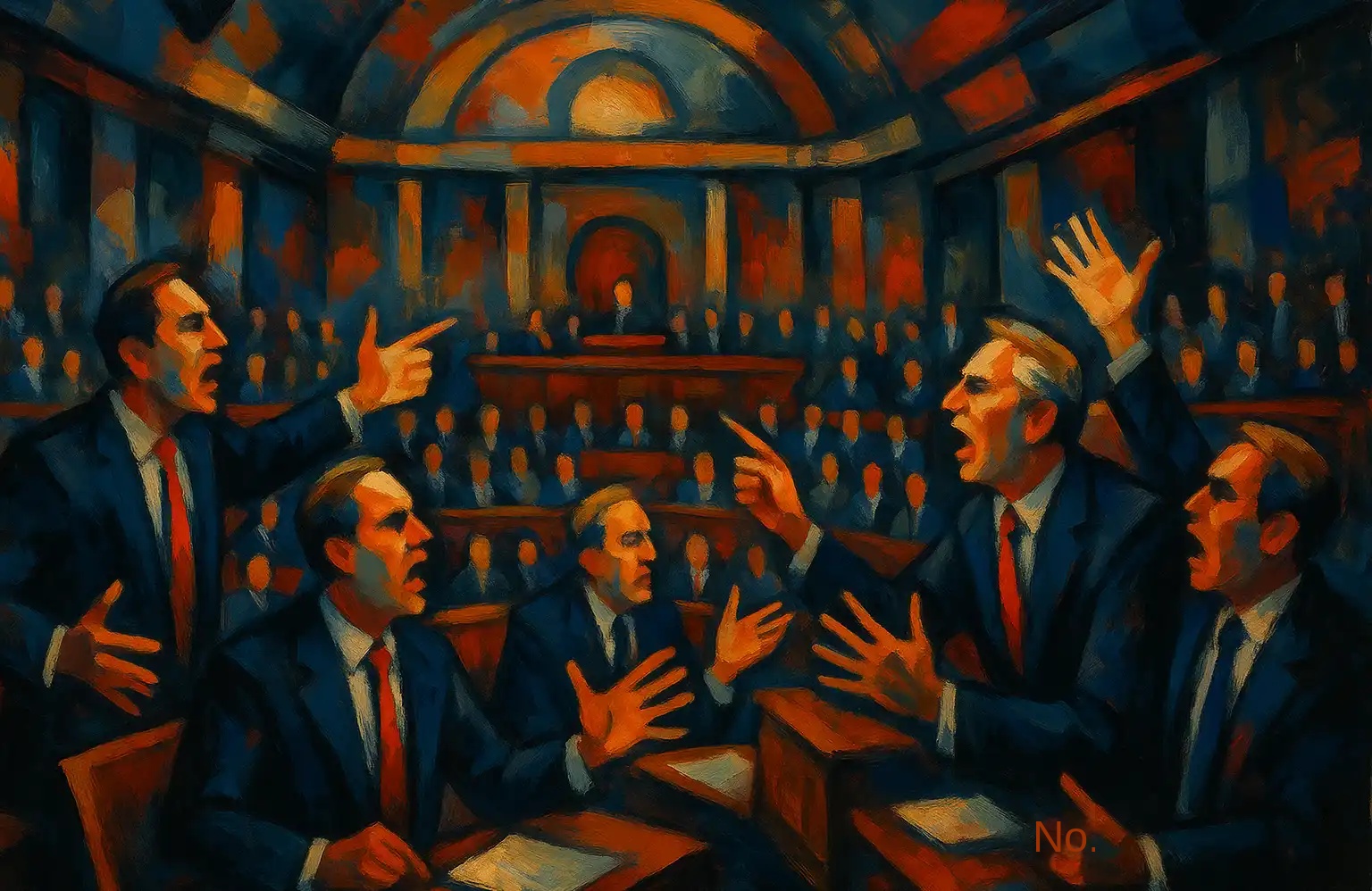Binance Alpha Replicates 'Flash Crash': BR Token Plunges 50% in 10 Minutes, Who Triggered the Panic Sell?
Original Title: "Binance Alpha Star Coin BR Instantly Halved, Replay of ZKJ Trend Questions Alpha Mechanism Again"
Original Author: ChandlerZ, Foresight News
On July 9, the Binance Alpha project saw another familiar flash crash. In less than 10 minutes, the star token BR in the recent Binance Alpha project plummeted from a high of 0.129 USDT to 0.053 USDT, instantly halving in price.

The plummet can be described as "clean and neat." According to @ai_9684 xtpa monitoring, the OKX liquidity pool section showed that before the flash crash occurred, BR's liquidity pool was still maintaining a stable high level, exceeding $60 million at one point. However, the outbreak point of the event was concentrated in a short 100 seconds, where a total of 26 addresses almost simultaneously withdrew $47.59 million in liquidity. Shortly after, 16 addresses initiated large token sales, including 3 addresses with million-dollar amounts and 13 addresses with $500,000 amounts, the centralized selling pressure instantly broke through the liquidity, causing a waterfall-like price drop, leaving BR liquidity currently at only $14.56 million.
Below are the TOP 5 major sell-off addresses
1. 0x00E0E2225E48e40ac7A1C5C48C3359325C7F41c3
2. 0x20c375580C4BD0DA36aec0c55406fa645F964FBd
3. 0x63293340bb17D9bc0f66f1956a810f7BFC7c857B
4. 0x58e837F8F9C1aCfE618AdbBa95314BE2ab55d19F
5. 0x31A256E01900f93831361dF928EB32F83A6Af40E

Who Is Behind the Sell-off?
Analysis suggests that this sell-off does not seem to be the project team's behavior. Firstly, in terms of motivation, given the precedent of ZKJ's collapse, such blatant behavior seems too "overt." Individuals are more inclined to believe that this large-volume transaction was for a futures contract or spot trade. Secondly, in terms of data, the project team's main liquidity address, 0x5f6f70821362376928a67b91fa2179683fe48de7, still holds $4.685 million in liquidity, with no operations since 07.07 during the crash.

The three major sell-off addresses at the million-dollar level are all newly created addresses from 2 weeks ago. After withdrawing funds from the exchange between June 24 and June 28, they immediately started large-scale accumulation of BR, with a clear intention and a single source of funds. The information about the TOP 4 sell-off address 0x58e837F8F9C1aCfE618AdbBa95314BE2ab55d19F is relatively more abundant. The source of funds can be traced back to as early as 2017, and it has interacted with veteran exchanges such as Yunbi / Zhongbi / Liqui / YoBit, making it a true OG.
The method used and the last ZKJ collapse are not much different, both involving "instant liquidity drain + large-scale sell-off + multiple address coordination." However, it is quite challenging to investigate, as the source of funds for the main addresses is very singular.


Lessons from the ZKJ Flash Crash
In fact, such operations have long been traceable. The ZKJ flash crash incident can be considered a precursor to the current BR's sharp decline. Just less than a month ago, on June 15, the ZKJ token also experienced a rapid drop of over 80% in a short period of time. According to a preliminary investigation report released by Polyhedra, the ZKJ flash crash originated from multiple addresses collectively withdrawing significant liquidity from PancakeSwap V3 and swiftly initiating a sell-off. This on-chain selling pressure directly triggered the forced liquidation mechanism on centralized exchanges. Additionally, Wintermute transferred 3.39 million ZKJ to CEX in a very short period, further exacerbating market panic, ultimately leading to a forced liquidation of nearly $94 million. Of particular note, the ZKJ flash crash also occurred under the Binance Alpha incentive mechanism, forming a market structure with highly concentrated liquidity that was not locked. These highly similar characteristics almost entirely overlap with the entire chain of events leading to the BR flash crash.
The BR project team has stated that they have not removed liquidity and have made the liquidity addresses public. They also announced that they will not withdraw liquidity in the future and hope that users will remain rational. Furthermore, they pointed out that to further support users trading on the PancakeSwap BR/USDT pool, they will provide a special airdrop plan for PancakeSwap BR/USDT traders. During periods of extreme price volatility, users who experience significant slippage due to market fluctuations or slippage will be eligible for airdrop compensation. The specific rules and distribution plan for the airdrop will be announced and completed in the next few days.
While the project team may not have "personally come to the scene," the issue with the mechanism itself is hard to avoid. BR is one of the "wash-trading" tokens in the Binance Alpha project, where the project team attracted retail investors to provide liquidity by wash-trading to participate in the Alpha event points competition.
On June 25, on-chain data showed that BR had become the token with the largest trading volume in Binance Alpha, with a 24-hour trading volume of 238 million USD. One of the suspected main addresses of Bedrock's official LP, starting with 0x9bd, has netted 50 million BR tokens (about 4 million USD) since June 19 to provide liquidity. This address, including selling 41.436 million tokens at an average price of 0.07959 USD on-chain five hours ago, worth 3.298 million USD, then added 9.27 million BR tokens and 3.427 million USDT to Pancake for bilateral liquidity, generating 5,412 USD in fees within five hours.
Further Doubts Cast on Binance Alpha's Liquidity Mechanism
The community's response to such events is increasingly intense. Crypto OG @BroLeonAus quickly pointed out after the BR crash that the risk of this "wash-trading + liquidity mining" model had long been foreseeable. As early as when projects like BR and AB were still in the early stages of launching, observations were made regarding their behavior characterized by linear candlesticks, low transaction fees, and continuous guidance for liquidity addition, showing a typical tendency for "wash-trading liquidity mining." Now, the simultaneous appearance of signs of a flash crash has proven those observations true.
In his view, the points calculation rules used by the current Binance Alpha mechanism have significant flaws, indirectly encouraging project teams to create surface activity to gain platform exposure and rewards. In this design, by simply creating an illusion of "deep liquidity, stable trend, low fees" on-chain, a large number of retail investors can be attracted to participate as LPs, forming liquidity accumulation. The project team only needs to "set the bait" and wait. Once conditions are right, they can quickly withdraw liquidity and dump their holdings, leaving ordinary users as the ultimate bagholders.
BroLeon revealed that the Bedrock team communicated with him last week about promotional cooperation, and he clearly presented risk control suggestions, requesting third-party locking of the project team's liquidity to ensure user safety. However, there was no clear response from the other party, and the cooperation could not proceed. He emphasized that while there is currently no conclusive evidence that the BR project team directly participated in this sell-off, the greater responsibility lies with the Binance wallet team, who turned a deaf ear to the significant risks and loopholes in the rules.
The platform was originally intended to benefit retail investors, but the reality has turned into a situation where project teams exploit loopholes to harvest retail investors, leading to negative sentiment towards the platform. This outcome clearly goes against the original intention. In the current DeFi market, any incentive mechanism that cannot constrain its boundaries from being abused can become a "cash machine" for speculators. Alpha was once seen as Binance's active exploration of the on-chain liquidity ecosystem, aiming to use platform incentives to encourage more users to participate in on-chain trading and increase token activity and distribution.
However, it now appears that this model's original intent has gradually deviated. The incentive mechanism is not linked to lockups or real liquidity, leading to rampant wash trading behavior. Project teams or short-term arbitrageurs can induce the market to superficial prosperity at low cost, ultimately completing a rug pull in a state lacking scrutiny and constraints. Without transformation, relying solely on post-compensation or explanations may not prevent the next "flash crash" from occurring.
Welcome to join the official BlockBeats community:
Telegram Subscription Group: https://t.me/theblockbeats
Telegram Discussion Group: https://t.me/BlockBeats_App
Official Twitter Account: https://twitter.com/BlockBeatsAsia
 Forum
Forum OPRR
OPRR Finance
Finance
 Specials
Specials
 On-chain Eco
On-chain Eco
 Entry
Entry
 Podcasts
Podcasts
 Activities
Activities









